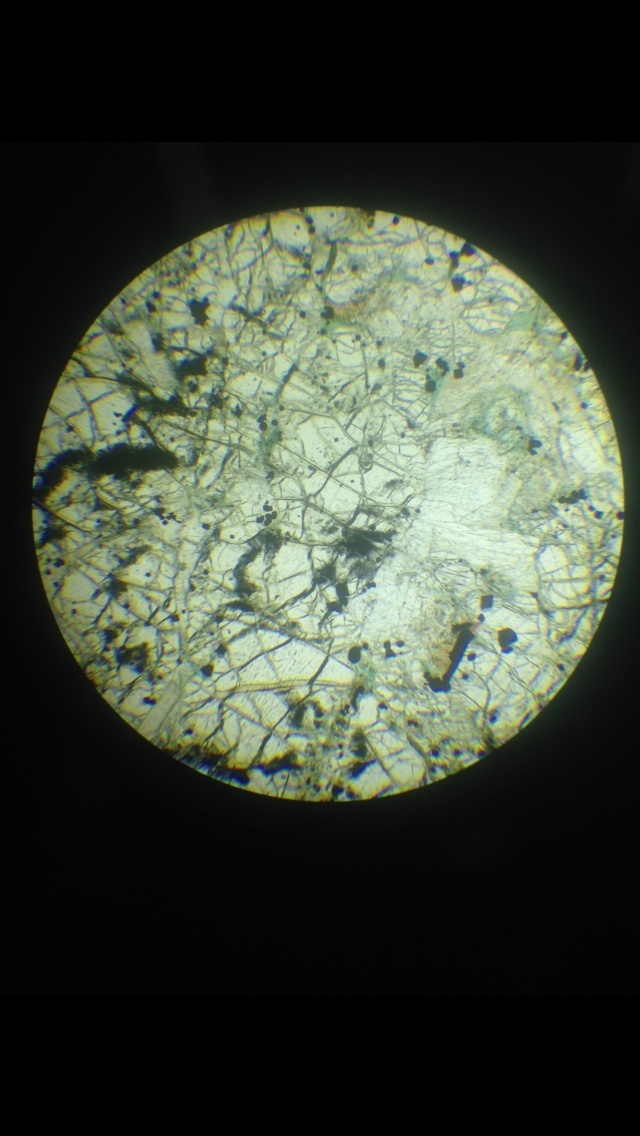Home PageAbout MindatThe Mindat ManualHistory of MindatCopyright StatusWho We AreContact UsAdvertise on Mindat
Donate to MindatCorporate SponsorshipSponsor a PageSponsored PagesMindat AdvertisersAdvertise on Mindat
Learning CenterWhat is a mineral?The most common minerals on earthInformation for EducatorsMindat ArticlesThe ElementsThe Rock H. Currier Digital LibraryGeologic Time
Minerals by PropertiesMinerals by ChemistryAdvanced Locality SearchRandom MineralRandom LocalitySearch by minIDLocalities Near MeSearch ArticlesSearch GlossaryMore Search Options
The Mindat ManualAdd a New PhotoRate PhotosLocality Edit ReportCoordinate Completion ReportAdd Glossary Item
Mining CompaniesStatisticsUsersMineral MuseumsClubs & OrganizationsMineral Shows & EventsThe Mindat DirectoryDevice SettingsThe Mineral Quiz
Photo SearchPhoto GalleriesSearch by ColorNew Photos TodayNew Photos YesterdayMembers' Photo GalleriesPast Photo of the Day GalleryPhotography
╳Discussions
💬 Home🔎 Search📅 LatestGroups
EducationOpen discussion area.Fakes & FraudsOpen discussion area.Field CollectingOpen discussion area.FossilsOpen discussion area.Gems and GemologyOpen discussion area.GeneralOpen discussion area.How to ContributeOpen discussion area.Identity HelpOpen discussion area.Improving Mindat.orgOpen discussion area.LocalitiesOpen discussion area.Lost and Stolen SpecimensOpen discussion area.MarketplaceOpen discussion area.MeteoritesOpen discussion area.Mindat ProductsOpen discussion area.Mineral ExchangesOpen discussion area.Mineral PhotographyOpen discussion area.Mineral ShowsOpen discussion area.Mineralogical ClassificationOpen discussion area.Mineralogy CourseOpen discussion area.MineralsOpen discussion area.Minerals and MuseumsOpen discussion area.PhotosOpen discussion area.Techniques for CollectorsOpen discussion area.The Rock H. Currier Digital LibraryOpen discussion area.UV MineralsOpen discussion area.Recent Images in Discussions
Identity HelpThin section mineral identification

25th Oct 2014 13:36 UTCJames Sheridan
I am having difficulty in identifying this igneous rock. Olivine is prominent throughout, and I think I can see some plagioclase feldspar. However apparently there is some pyroxenes in this sample. Can anyone see any? If so, would you lean towards a lherzolite or a olivine Gabbro?
Much thanks,
James (amateur!)

25th Oct 2014 15:09 UTCBill Cordua 🌟 Manager

25th Oct 2014 17:33 UTCJames Sheridan

26th Oct 2014 01:05 UTCJason Bennett
Do you have this book available to you? Rocks and Minerals in Thin Section: A Colour Atlas This is particularly useful to help get your eye in at the features and textures described. I used it extensively during my undergraduate degree.
Also, try googling pictures of opx and cpx.
As Bill mentioned, pyroxenes have two cleavage planes at 90deg. This does not mean that you will see both cleavages though, remember that in thin section you have a slice through the minerals in many different orientations. If sliced parallel-ish to the c-axis, you'll get parallel lines for both cleavage traces, but if it is sliced perpendicular-ish to the c-axis, you may see some feint cross-hatching at 90deg (the two cleavage planes). If the crystal goes extinct parallel to these cleavages, then it's opx, and if it doesn't and is inclined to the cleavage then it's cpx.
Hope this helps
Jason
26th Oct 2014 01:56 UTCPaul Brandes 🌟 Manager
Unfortunately, I'm still on the road at a geologic conference so I'm not much help right now, but I tend to agree with Bill here. I don't see anything that would indicate a lherzolite, especially with all the plag. Who did the thin sections for you, James?

26th Oct 2014 11:20 UTCJames Sheridan



26th Oct 2014 16:19 UTCCarl (Bob) Carnein 🌟
I might be helpful to know where this rock came from. Also, always realize that a thin section may or may not be representative of a rock--it depends a lot on how carefully the rock was collected. Geologists always need to be careful, on an outcrop, to collect what's typical, rather than focusing on the odd or unusual (depending, of course, on why the rock sample is collected in the first place). Then, even the direction of the slab in a typical sample can have a big effect on what you see in a thin section.




Mindat.org is an outreach project of the Hudson Institute of Mineralogy, a 501(c)(3) not-for-profit organization.
Copyright © mindat.org and the Hudson Institute of Mineralogy 1993-2024, except where stated. Most political location boundaries are © OpenStreetMap contributors. Mindat.org relies on the contributions of thousands of members and supporters. Founded in 2000 by Jolyon Ralph.
Privacy Policy - Terms & Conditions - Contact Us / DMCA issues - Report a bug/vulnerability Current server date and time: May 9, 2024 12:09:58
Copyright © mindat.org and the Hudson Institute of Mineralogy 1993-2024, except where stated. Most political location boundaries are © OpenStreetMap contributors. Mindat.org relies on the contributions of thousands of members and supporters. Founded in 2000 by Jolyon Ralph.
Privacy Policy - Terms & Conditions - Contact Us / DMCA issues - Report a bug/vulnerability Current server date and time: May 9, 2024 12:09:58
















